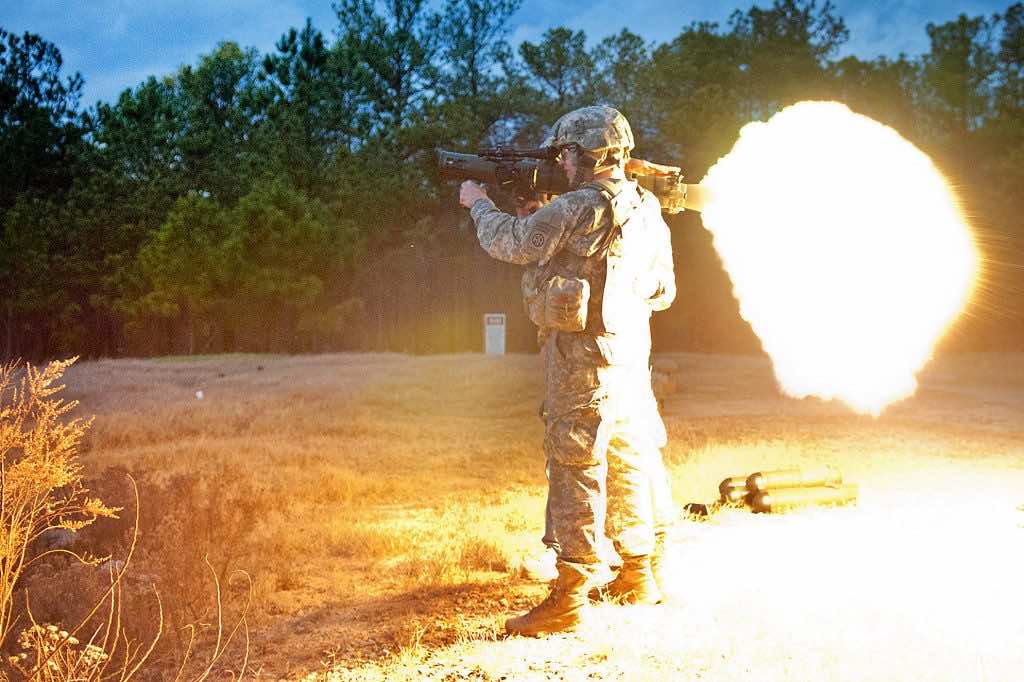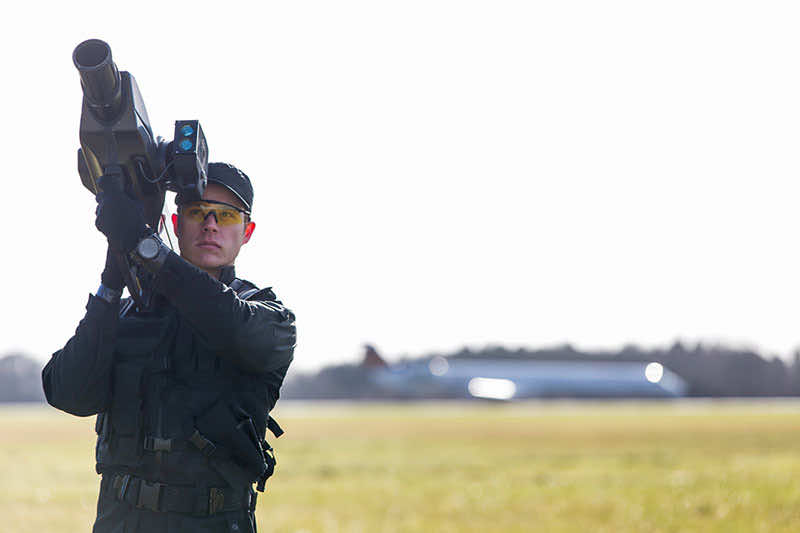The thing with drones is that they are nimble, making them hard to aim at, while also being small making locking on them even harder. The US military has been trying out new tech targeted at drones in recent years. They even came up with a special grenade to ensnare drones, the grenade would launch a net to catch enemy drones. Now it seems that the US military wants to invest in special drone killing bazookas.
The Department of Defense has put out a call for designs of a special handheld weapon that is able to shoot down enemy drones from the ground. They basically want something that can serve as standard equipment like other bazookas and rocket-propelled grenades that allow soldiers to counter tanks and other armored vehicles effectively. Drones are the future of modern warfare so it makes sense to invest in anti-drone weaponry.

The request was posted publicly in early May coming from the Joint Counter-Small Unmanned Aircraft Systems Office. The request is essentially for information about “Low-Cost Ground-Based Aerial Denial and Handheld (or Dismounted) Solutions to inform the Joint communities in response to the emerging Unmanned Aircraft System (UAS) threats”.
The presentation shared with the announcement of the contract also showed some ideal targets for the new anti-drone bazooka. One of which was the DJI Phantom 3. The Phantom drones have been used for everything from flying around the city to dropping grenades in battle. The main focus of the contract was the cost of the weapon. Any anti-drone weapon needs to be affordable enough to justify its use.

According to an analysis from Popular Science, a handheld system must cost no more than $37,000 per unit, while a ground-based system is priced at $15,000 or less per drone disabled. It’s unclear if the cost includes maintenance and ammunition costs but the numbers are just to get a sense of the matter.
You may be wondering why not just use the missiles the military already has but the problem is that shooting missiles worth millions of dollars just to take down missiles is like bringing a tank to a bar fight. The contract also details that for ground-based systems, the expected system “does not include ground emitted Cyber or Electric Attack through radio frequency waves”.
Lasers are welcome and the government isn’t ruling out explosives as well. The new anti-drone weapon should also be able to shoot down a drone from 1,640 feet away. I don’t know why that number is so specific. Anyways, we’ll keep a close eye on what ideas and designs come up and who wins the contract.


